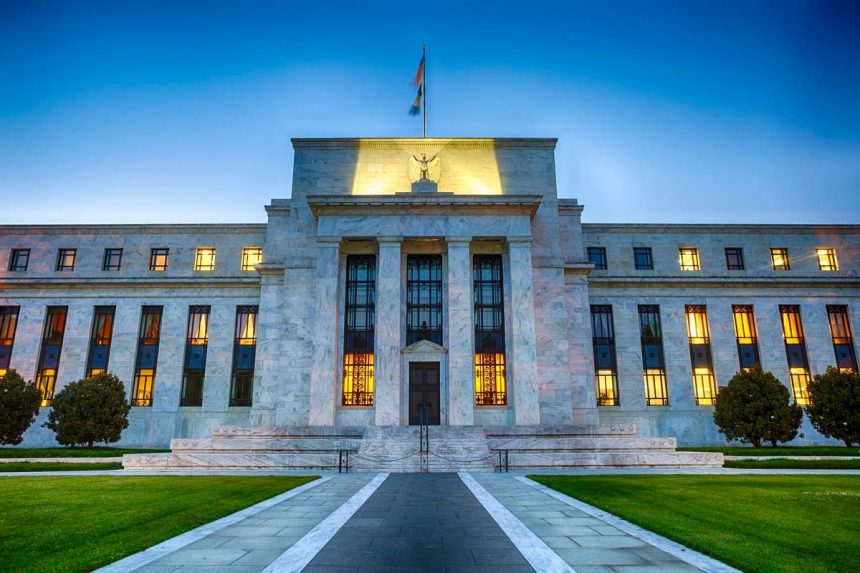Quantitative Tightening (QT) has been a hot topic for investors, especially those in the U.S. equities market. While the dynamics of monetary policy might seem complex, the core idea behind QT’s influence on equities is simple: when the Federal Reserve pulls money out of the system, it causes stock prices to fall.
Here is a chart of the Fed’s balance sheet and it tells the tail of the stock market’s performance as QE then QT pumps money in and out of the economic system.
Inflation is a crucial driver in the current economic landscape. Behind the scenes, government deficit spending and the debt-to-GDP ratio play pivotal roles. Yet, what’s most intriguing is the manner in which inflation is managed. Only the government has the power to instigate inflation, utilizing it as a strategic tool for managing economic values such as budgets and debt-to-GDP ratios. Inflation has been such a tool from the dawn of history.
The principal modern mechanism for regulating the money supply (and by extension, inflation) is through Quantitative Easing (QE) and its opposite, Quantitative Tightening (QT). Gone are the days in the west where printing money like confetti was the way it was done. While these tools can create inflation, disinflation or deflation, it also comes with an inherent and costly risk of destabilizing the whole economic system.
Two pivotal charts showcase the magnitude of QE and QT’s impact: the Federal Reserve’s balance sheet and the ‘reverse repo’ market chart.
Here is the reverse repo chart:
The Fed balance sheet chart reveals that the Fed has been retracting money from the system, a move that affected many, including Silicon Valley Bank, Signature Bank, and Silvergate Bank, which went under because of a lack of cash or the availability of getting more to prop themselves up.
However, the “reverse repo” market paints a silver lining because this is where much of the excess money in the U.S. economy lives. It’s the place where U.S. banks park their excess cash when they are too afraid to put it to work. This reserve acts like a buffer, keeping inflation in check because if this money wasn’t parked it would be flooding the system pushing up asset prices. As the Fed continues its QT activities however, this reservoir diminishes, because as it pulls cash from the system’s plumbing, so that banks will use their excess to make up for the drain. When this “reserve” is exhausted, the tightening grip of QT will be eased or ended because money supply will be back in balance. This will usher in a robust market rally.
So keep a close eye on the reverse repo and the Fed’s balance sheet charts. As the leading global economy, the U.S.’s actions have a domino effect on the world. These charts provide a forecast on inflation, deflation, the end of QT and the trajectory of interest rates. Indications are that by next summer, the U.S. market will be ripe for a bullish phase, gaining momentum throughout the year.
While there may be a bumpy ride ahead in the near term for U.S. equities, the future looks promising once the QT phase concludes which – subject to a hiccup like Silicon Valley Bank – may only be six months away.
Read the full article here




